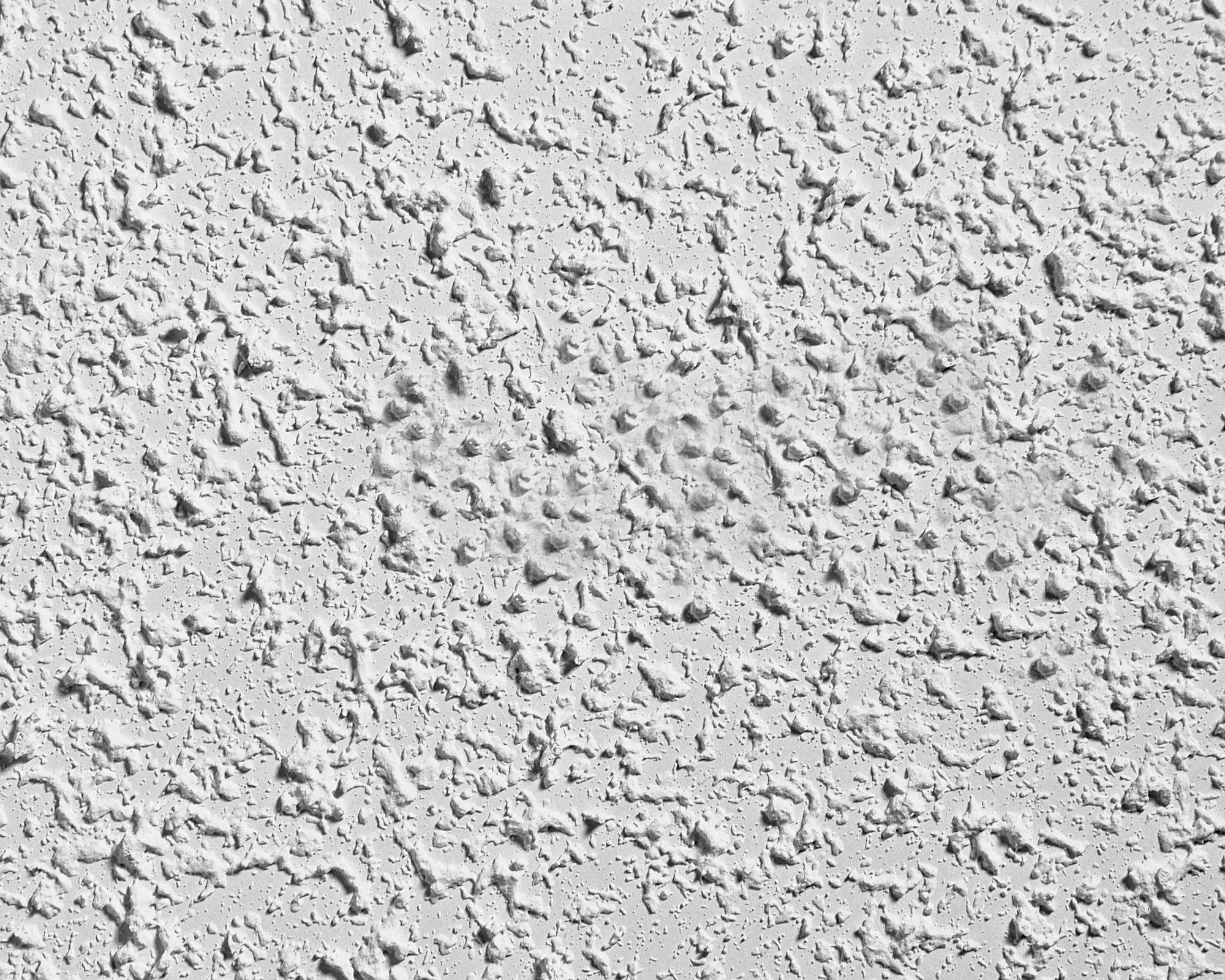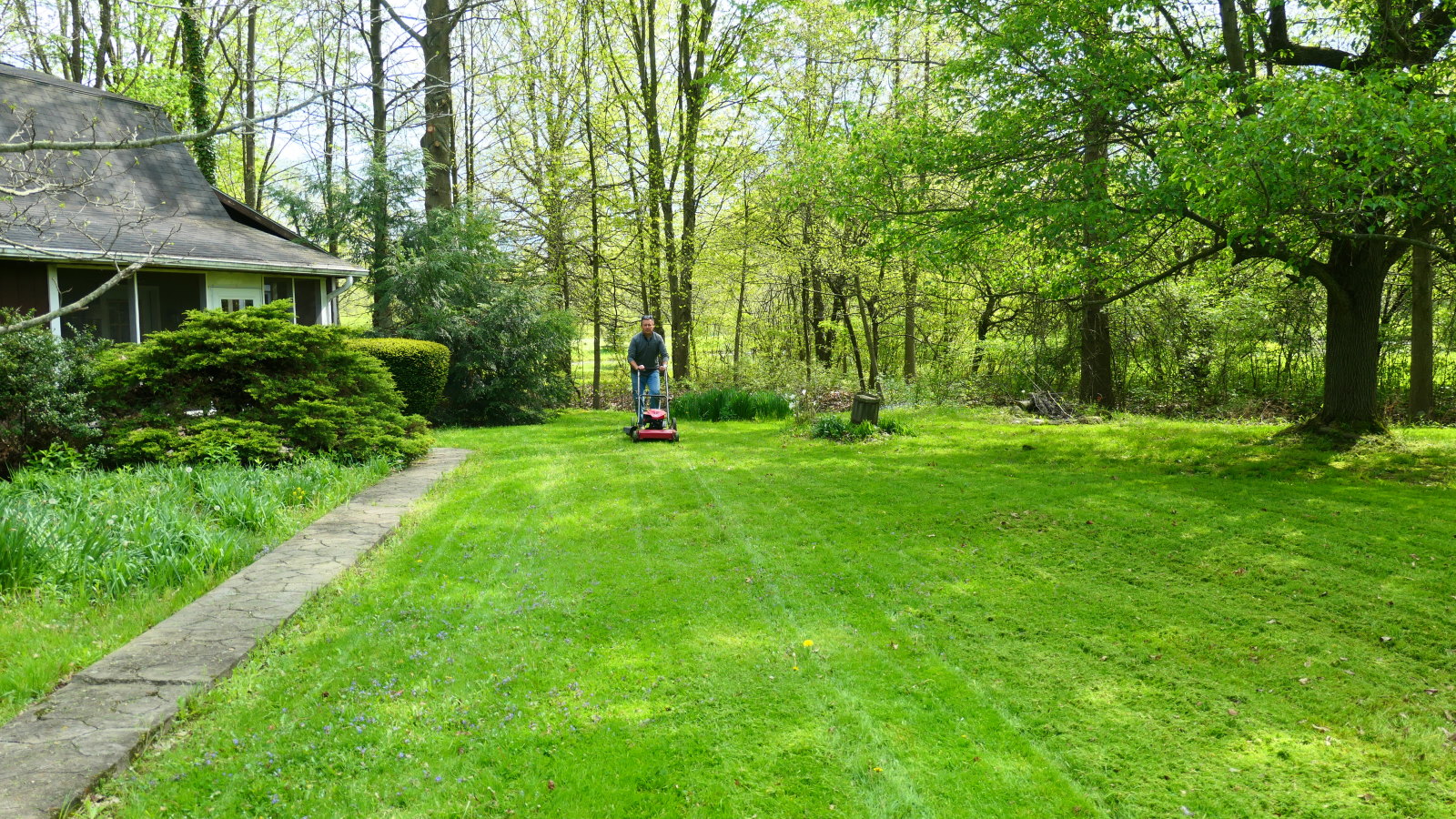How to remove popcorn ceiling – 5 simple steps for easy removal
Learn how to remove popcorn ceiling to give your 'fifth' wall a contemporary refresh


Is there a former trend more despised than a popcorn ceiling? If you find yourself staring upward, wondering how to remove popcorn ceiling, you are most certainly not alone.
A favorite interior design trend in seventies, popcorn ceiling is also known as acoustic ceilings or stucco ceilings. They were initially installed to help absorb sound from above or to cover up any pre-existing blemishes and imperfections in the ceiling. But like many trends from this time period, the popcorn ceiling has fallen out of favor and many homeowners are wondering how to remove a popcorn ceiling, or how to simple disguise this now loathed design feature.
Ready to tackle the home improvement job yourself and learn how to get rid of a popcorn ceiling? We asked how to remove popcorn ceilings safely and easily.
How to remove popcorn ceiling
If you’re tired of looking up at your existing popcorn ceiling and are ready for a makeover, there’s good news to be had. Removing a popcorn ceiling is an easy DIY project that just requires some time, muscle and minimal expenditure.
Could your ceiling ideas be ripe for rediscovery? The ceiling holds endless possibilities for creativity, and should be treated with the same consideration as any other wall in your home. If you removing your popcorn ceiling is not an option, you can also try covering it up with on-trend wood paneling ideas for walls, or installing ceiling tiles.
1. Test for asbestos
Before you start, it’s important to make sure that your ceilings don’t have asbestos. Prior to the early 1980s, asbestos was an ingredient that many used in textured popcorn ceilings. The popcorn-like texture was used to help home builders deal with sound travel, and it was a great fire retardant.
We recommend having this 'fifth' wall tested by a professional, or you could also purchase a do-it-yourself test kit from the hardware store, which will require you to send the samples to a registered lab. If you go the DIY test route, make sure to use the appropriate safety gear, such as gloves, a ventilator or dusk mask, and eye protection.
If your ceiling tests positive, you should have a professional licensed in asbestos abatement to remove the texture from the ceiling, or you could ask them to cover the entire ceiling with paneling, hang drywall ceiling or plaster a ceiling.
2. Prepare for removal
If your popcorn ceiling doesn’t contain asbestos you can prepare for removal, but take appropriate safety precautions. ‘It’s always best to wear a particulate mask during removal,’ says Jeremy Hume, president and CEO of Phoenix CR Pro. Wear goggles to protect your eyes, too.
Get the room ready by removing all of the furniture, taking extra care of anything valuable or sentimental. Mask walls with painter’s plastic, and cover the floor with plastic sheeting. ‘It’s best not to use a cloth tarp to cover the floors as the cloth isn’t waterproof,’ says Jeremy.
It is vital to turn off the electricity to the room, and open the room’s windows to ensure good ventilation.
3. Gather your tools
Fortunately, the project doesn’t require any special or particularly expensive tools. The essential popcorn ceiling removal tools include:
- Putty knife or taping knife
- Drop cloths or plastic sheeting (plastic sheeting is considered a better option due to its waterproof nature)
- Garden sprayer
- Safety goggles
- Dust mask
4. Spray the ceiling with water
Unsurprisingly, a wet ceiling will be easier to scrape than a dry one, so start by using a garden sprayer to wet the ceiling to soften the material.
‘Using a pump garden sprayer, lightly spray a roughly 5 by 5 feet section with water, and wait 10 to 15 minutes to allow the water to penetrate the popcorn,’ says Jeremy Hume. ‘Don’t soak the ceiling as this can damage the drywall.
You’ll want to work in small sections; otherwise the areas will dry before you reach them. After you spray with a garden sprayer, wait about 10-15 minutes to allow the water to fully absorb.
Now you’re ready to start scraping. 'Use a putty knife and gently run it along the wet ceiling,' he says. Be careful not to gouge the ceiling material beneath.
Make your way around the room, until all the texture has been removed. You may need to go over stubborn areas more than once. Patience and persistence is a virtue when removing popcorn ceiling.
5. Sand, prime and paint
Once the popcorn ceiling has been successfully removed, the ceiling can be sanded, any necessary repairs made. If there’s any damage to the ceiling, such as gouges, repair with joint compound before you start sanding.
After sanding the ceiling, give it a fresh coat of paint. Once the paint job is complete and dry, remove the plastic sheeting, reinstall any lights and ceiling fans, and marvel at your newly smooth ceiling.
Sign up to the Homes & Gardens newsletter
Design expertise in your inbox – from inspiring decorating ideas and beautiful celebrity homes to practical gardening advice and shopping round-ups.

Jennifer is the Digital Editor at Homes & Gardens. Having worked in the interiors industry for several years in both the US and UK, spanning many publications, she now hones her digital prowess on the 'best interiors website' in the world. Multi-skilled, Jennifer has worked in PR and marketing and occasionally dabbles in the social media, commercial, and the e-commerce space. Over the years, she has written about every area of the home, from compiling houses designed by some of the best interior designers in the world to sourcing celebrity homes, reviewing appliances, and even writing a few news stories or two.
-
 Lawn experts recommend these 4 steps to fix an overgrown lawn, plus they reveal one golden rule never to break
Lawn experts recommend these 4 steps to fix an overgrown lawn, plus they reveal one golden rule never to breakTransform your grass from an untidy mess to a beautiful lawn - but don’t rush the process
By Drew Swainston
-
 In season - 5 gorgeous daffodil arranging ideas you need to try for spring
In season - 5 gorgeous daffodil arranging ideas you need to try for springFrom rustic to elegant, you need to try these daffodil arranging ideas, which are a cheerful and creative way of bringing the outdoors in this spring
By Katrina Harper-Lewis
-
 7 dorm room organizing rules for less clutter and more space
7 dorm room organizing rules for less clutter and more spaceExperts offer their top tips for creating a well-organized dorm room, no matter the size, space, or layout.
By Ashley Chalmers
-
 How to maximize storage in a small or shared dorm room, according to pro organizers
How to maximize storage in a small or shared dorm room, according to pro organizersFind out all the hidden storage zones you might never have noticed
By Ashley Chalmers